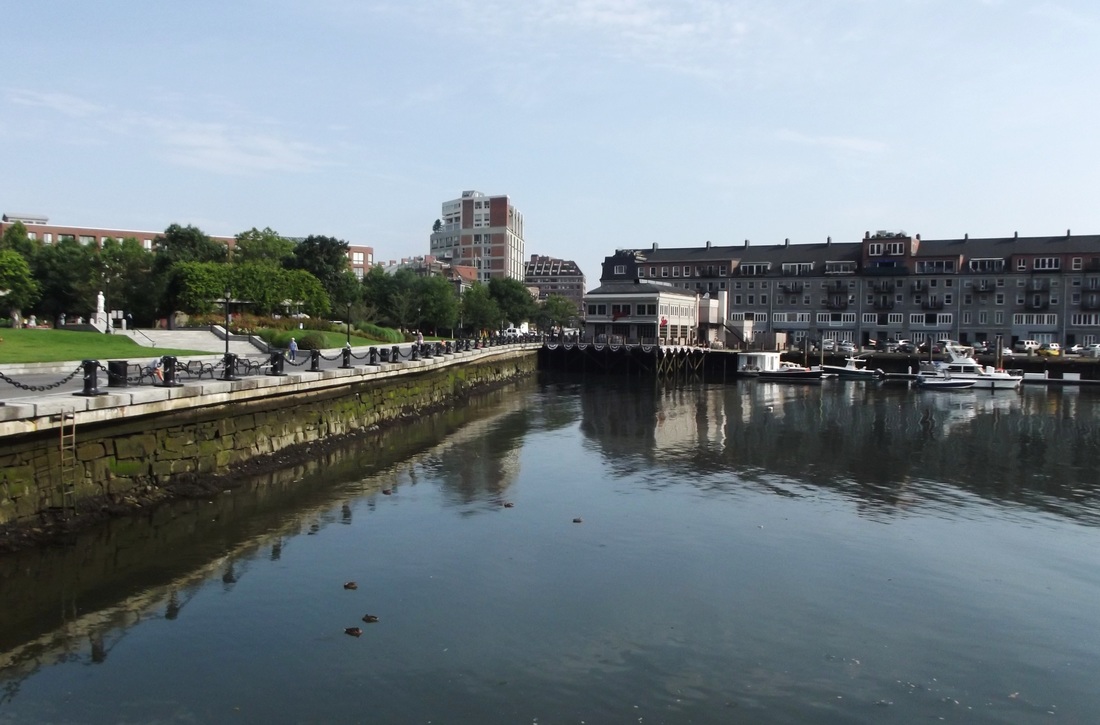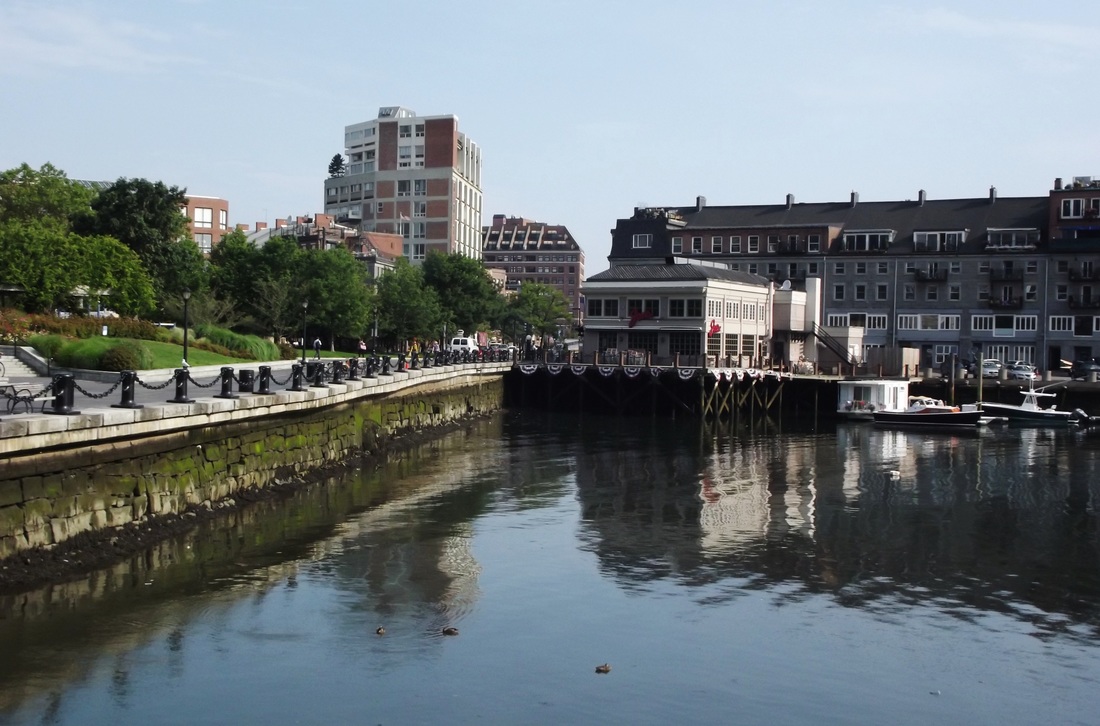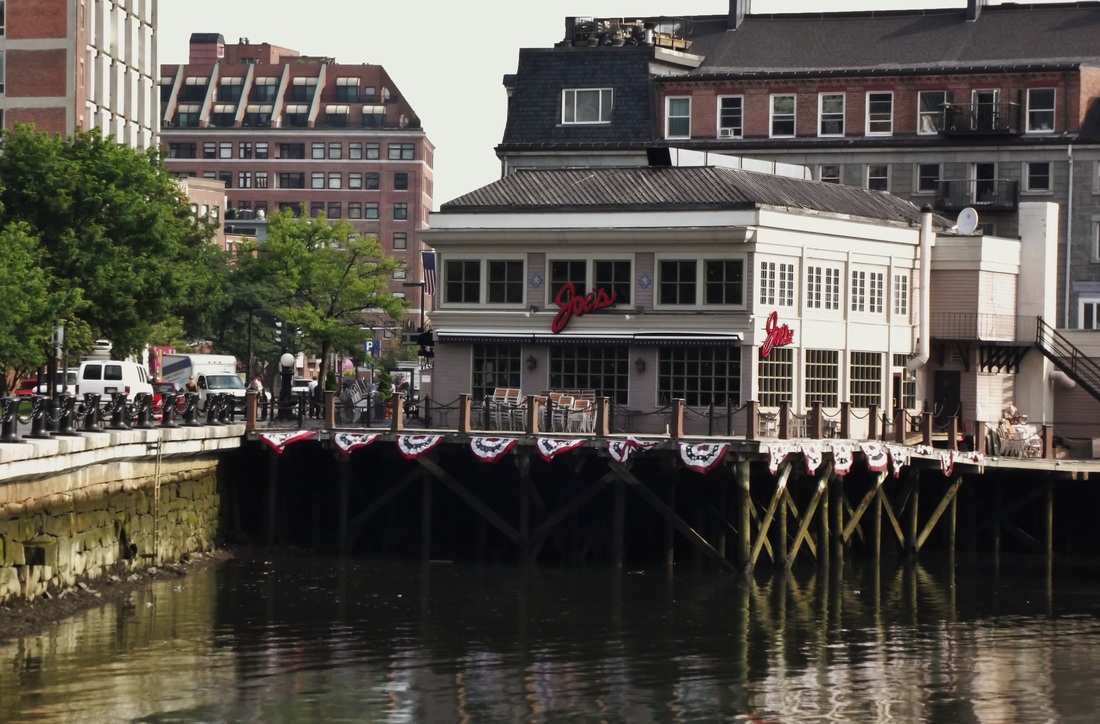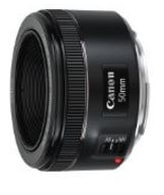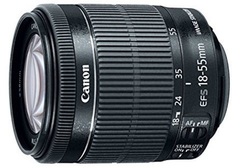Types of Camera Lenses-Prime Lenses
A prime lens is a camera lens that has a fixed focal length such as 55mm or 135mm. Prime lenses are different from zoom lenses which have focal length ranges. A couple of typical zoom lens focal length ranges are 10-34mm and 55-250mm.
Since the focal length of a prime lens cannot be changed, the field of view will always be the same. The field of view (or angle of view) refers to how much of the overall scene is included when seen through the camera's viewfinder or LCD screen.
A short focal length lens like a 28mm prime lens will give a wide angle field of view. Lenses with longer focal lengths will produce a closer, narrower, and more magnified view. The images below are examples of how the same scene looks when taken with different focal length lenses. (click any of the images to enlarge)
Since the focal length of a prime lens cannot be changed, the field of view will always be the same. The field of view (or angle of view) refers to how much of the overall scene is included when seen through the camera's viewfinder or LCD screen.
A short focal length lens like a 28mm prime lens will give a wide angle field of view. Lenses with longer focal lengths will produce a closer, narrower, and more magnified view. The images below are examples of how the same scene looks when taken with different focal length lenses. (click any of the images to enlarge)
Note: Cameras with different size image sensors and lenses will give different fields of view. Cameras that have full frame image sensors will produce images with wider fields of view than cameras with smaller image sensors. Please read the tutorial 35mm Equivalent for more on this subject.
Prime lenses are designed for cameras in which the lens can be changed. Those types of cameras are Digital Slr cameras and Mirrorless cameras. (also known as Compact System Cameras) Basic Compact Cameras are equipped with zoom lenses that cannot be detached from the camera. So you will not be able to use a prime lens on a basic compact camera.
Zoom lenses are the most versatile type of camera lenses. They allow you take take pictures with different perspectives without having to move around much. So why would anyone want to use a prime lens?
Advantages of Using a Prime Lens:
Prime lenses are generally sharper than zoom lenses. Every camera lens contains several variously curved pieces of glass which redirect and focus the incoming light to the image sensor. Those pieces of glass are called elements of the lens.
Prime lenses have fewer elements than zoom lenses for the light to pass through. Fewer elements lead to better focusing and less distortion which leads to sharper pictures.
Prime lenses are lighter and smaller than zoom lenses which makes them more convenient to carry around. Since there are fewer elements and moving parts in a prime lens, they are usually less expensive than zoom lenses.
One of the best advantages of using a prime lens is that they generally will have larger aperture openings. That makes them more effective to use in low light situations than zoom lenses.
Prime lenses are designed for cameras in which the lens can be changed. Those types of cameras are Digital Slr cameras and Mirrorless cameras. (also known as Compact System Cameras) Basic Compact Cameras are equipped with zoom lenses that cannot be detached from the camera. So you will not be able to use a prime lens on a basic compact camera.
Zoom lenses are the most versatile type of camera lenses. They allow you take take pictures with different perspectives without having to move around much. So why would anyone want to use a prime lens?
Advantages of Using a Prime Lens:
Prime lenses are generally sharper than zoom lenses. Every camera lens contains several variously curved pieces of glass which redirect and focus the incoming light to the image sensor. Those pieces of glass are called elements of the lens.
Prime lenses have fewer elements than zoom lenses for the light to pass through. Fewer elements lead to better focusing and less distortion which leads to sharper pictures.
Prime lenses are lighter and smaller than zoom lenses which makes them more convenient to carry around. Since there are fewer elements and moving parts in a prime lens, they are usually less expensive than zoom lenses.
One of the best advantages of using a prime lens is that they generally will have larger aperture openings. That makes them more effective to use in low light situations than zoom lenses.
For instance the popular Canon EOS Rebel T7i camera comes with an 18-55mm, F3.5 to F5.56 zoom lens. When that lens is used at, or close to its maximum zoom setting of 55mm, the largest aperture opening that can be used is F5.6.
That is not a very effective aperture opening for most low light picture taking situations. On the other hand, the Canon EF 50mm, F1.8 prime lens would be a better choice for taking picture in a low light situation.
It has 3 1/3 larger aperture openings (F Stops) than the previously mentioned 18-55mm zoom lens. Using those larger aperture settings allows a lot more light to reach the image sensor.
Please read the tutorial, The Camera Lens Aperture if you are not familiar with F Stops and the purpose of the lens aperture. It will also give you a little information on how using larger F Stops can help you make pictures with blurred backgrounds. A slightly or heavily blurred background can help to make the main subject of the picture stand out more.
You may see prime lenses referred to as "Fast Lenses". That is because using a larger aperture will often allow you to use a faster shutter speed to obtain a proper exposure. Take a look at the tutorial Camera Exposure Basics to see how the lens aperture setting, shutter speed, and ISO can be adjusted to get the proper exposure for your images.
Disadvantages of Prime Lenses: The main disadvantage when using a prime lens is that you will probably have to do a lot more moving around to compose compose your pictures the way that best suits you. If you have a wide angle prime lens, it won't be of much use if you need to take a picture of something in the far distance.
You could purchase a variety of prime lenses with different focal lengths, but then you'd be walking around with, and constantly changing lenses. Obviously, it is good to have a zoom lens.
However, if you are planning on purchasing a single prime lens, make sure you get one with a focal length that will best suit the type of scenes or subjects you will probably use it for.
Prime Lens Focal Lengths: Prime lenses are available in a wide variety of focal lengths that pretty much cover the same range as zoom lens focal lengths.
There are three main categories of Prime Lenses. They are Wide Angle, Standard, and Telephoto.
Wide angle lenses: Wide angle lenses cover a wider area than the normal viewing range of the human eye. Most lenses under 45mm focal length are considered to be wide angle lenses. Wide angle lenses are very sharp, small and lightweight. Wide angle lenses are great for landscapes and large groups. This type of prime lens is also good for photographing buildings and interiors.
That is not a very effective aperture opening for most low light picture taking situations. On the other hand, the Canon EF 50mm, F1.8 prime lens would be a better choice for taking picture in a low light situation.
It has 3 1/3 larger aperture openings (F Stops) than the previously mentioned 18-55mm zoom lens. Using those larger aperture settings allows a lot more light to reach the image sensor.
Please read the tutorial, The Camera Lens Aperture if you are not familiar with F Stops and the purpose of the lens aperture. It will also give you a little information on how using larger F Stops can help you make pictures with blurred backgrounds. A slightly or heavily blurred background can help to make the main subject of the picture stand out more.
You may see prime lenses referred to as "Fast Lenses". That is because using a larger aperture will often allow you to use a faster shutter speed to obtain a proper exposure. Take a look at the tutorial Camera Exposure Basics to see how the lens aperture setting, shutter speed, and ISO can be adjusted to get the proper exposure for your images.
Disadvantages of Prime Lenses: The main disadvantage when using a prime lens is that you will probably have to do a lot more moving around to compose compose your pictures the way that best suits you. If you have a wide angle prime lens, it won't be of much use if you need to take a picture of something in the far distance.
You could purchase a variety of prime lenses with different focal lengths, but then you'd be walking around with, and constantly changing lenses. Obviously, it is good to have a zoom lens.
However, if you are planning on purchasing a single prime lens, make sure you get one with a focal length that will best suit the type of scenes or subjects you will probably use it for.
Prime Lens Focal Lengths: Prime lenses are available in a wide variety of focal lengths that pretty much cover the same range as zoom lens focal lengths.
There are three main categories of Prime Lenses. They are Wide Angle, Standard, and Telephoto.
Wide angle lenses: Wide angle lenses cover a wider area than the normal viewing range of the human eye. Most lenses under 45mm focal length are considered to be wide angle lenses. Wide angle lenses are very sharp, small and lightweight. Wide angle lenses are great for landscapes and large groups. This type of prime lens is also good for photographing buildings and interiors.
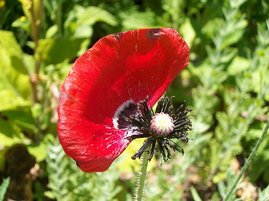
Standard Lenses: A standard or "normal" lens would be roughly in the 45mm to 60mm focal length range. (50mm is the closest match) Those focal lengths most closely approximate the viewing area that we see with our eyes.
A standard lens is good for every day picture taking situations and is sometimes called a "street lens".
Just about every professional photographer will have a standard lens included in their collection of lenses. That fact speaks volumes about the quality and usefulness of the standard lens.
Telephoto Lenses: Telephoto lenses have a narrower field of view and magnify the scene for a closer view. Camera lenses from around 70mm to around 135mm are classified as medium telephoto lenses. That focal range is a favorite of many photographer for taking portrait shots. Telephoto lens in the 300mm plus range are often called super telephoto lenses.
Telephoto lenses are ideal for situations where you cannot, or perhaps do not want to get close to the subject. A telephoto lens might also be used in landscape photography when you want to get a closer view of a portion of a very wide area.
Long focal length prime lenses like a 600mm telephoto lens are heavier, larger, and less convenient to carry around. Also, their maximum aperture openings tend to be not as wide as the standard or wide angle prime lenses. Additionally, many of them can be quite expensive.
Macro lenses: Macro lenses are used for very close up photography. A macro lens has smaller minimum focusing distance than a normal camera lens.
A regular camera lens cannot focus on a small subject like an insect unless you are at least a foot or more away. And even then, the subject might appear too small in the picture to show any detail.
Macro lenses similar to the Canon EF-S 60mm F2.8 Macro lens allows you to get within inches rather than feet to focus on the subject and the subject will appear much larger in the picture.
It is important to know that the Depth of Field can be very shallow when using a macro lens. So you will want to keep as much of the subject as possible on the same focusing plane That will help to keep more of the subject in sharp focus.
That is, unless you intentionally want one area of your picture sharp and other areas of the image blurred. Although the specialty of macro lenses is close up photography, they can also be used for everyday photography as well.
In other words, you can take a close up picture of a beautiful flower in a garden and then turn around and take a portrait of someone without having to change the lens.
If you would like to learn about some of the features of zoom lenses which can be used at various focal lengths, check the Zoom Lenses tutorial.
A standard lens is good for every day picture taking situations and is sometimes called a "street lens".
Just about every professional photographer will have a standard lens included in their collection of lenses. That fact speaks volumes about the quality and usefulness of the standard lens.
Telephoto Lenses: Telephoto lenses have a narrower field of view and magnify the scene for a closer view. Camera lenses from around 70mm to around 135mm are classified as medium telephoto lenses. That focal range is a favorite of many photographer for taking portrait shots. Telephoto lens in the 300mm plus range are often called super telephoto lenses.
Telephoto lenses are ideal for situations where you cannot, or perhaps do not want to get close to the subject. A telephoto lens might also be used in landscape photography when you want to get a closer view of a portion of a very wide area.
Long focal length prime lenses like a 600mm telephoto lens are heavier, larger, and less convenient to carry around. Also, their maximum aperture openings tend to be not as wide as the standard or wide angle prime lenses. Additionally, many of them can be quite expensive.
Macro lenses: Macro lenses are used for very close up photography. A macro lens has smaller minimum focusing distance than a normal camera lens.
A regular camera lens cannot focus on a small subject like an insect unless you are at least a foot or more away. And even then, the subject might appear too small in the picture to show any detail.
Macro lenses similar to the Canon EF-S 60mm F2.8 Macro lens allows you to get within inches rather than feet to focus on the subject and the subject will appear much larger in the picture.
It is important to know that the Depth of Field can be very shallow when using a macro lens. So you will want to keep as much of the subject as possible on the same focusing plane That will help to keep more of the subject in sharp focus.
That is, unless you intentionally want one area of your picture sharp and other areas of the image blurred. Although the specialty of macro lenses is close up photography, they can also be used for everyday photography as well.
In other words, you can take a close up picture of a beautiful flower in a garden and then turn around and take a portrait of someone without having to change the lens.
If you would like to learn about some of the features of zoom lenses which can be used at various focal lengths, check the Zoom Lenses tutorial.
